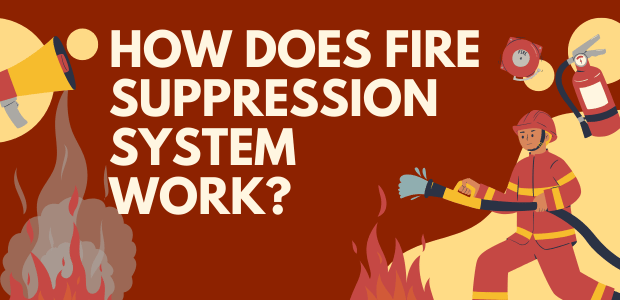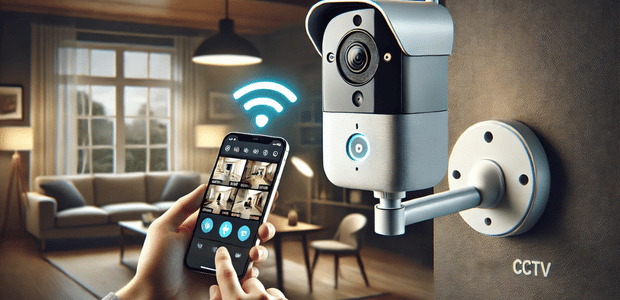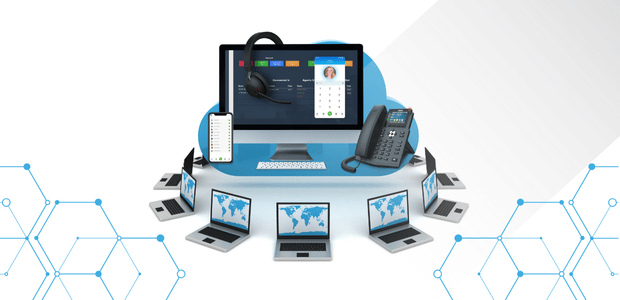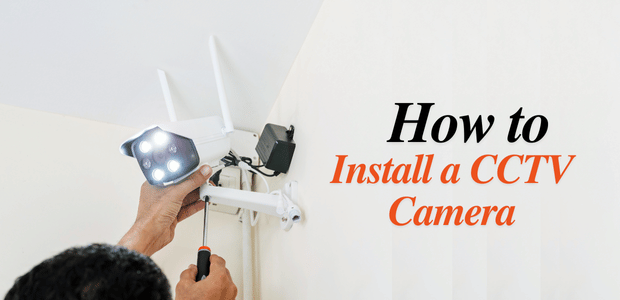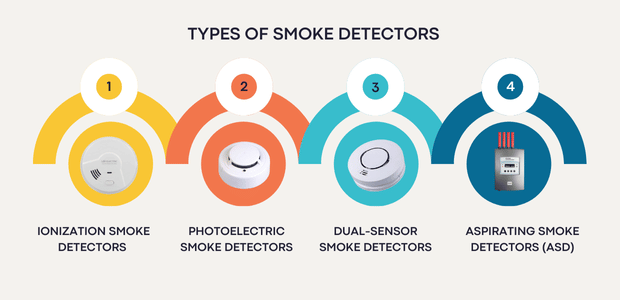VoIP Industry Trends 2025 | Future of VoIP Technology

- February 27, 2025
- Interface Digital
The way we communicate has evolved dramatically, and one of the most significant advancements is VoIP (Voice over Internet Protocol). According to the latest VoIP market analysis, the VoIP market projections are expected to reach a market size of around $147.7 billion by 2025. This shows how much VoIP industry growth has increased over the years. Also, emerging VoIP industry trends will redefine how businesses and individuals connect. In this blog, we will explore these trends of 2025 driving VoIP technology forward.
The Evolution of VoIP Technology
VoIP has come a long way from its early days of basic internet calling. Initially, VoIP faced challenges like poor call quality and network instability. However, advancements in broadband speed, cloud infrastructure, and AI-driven enhancements have made VoIP a reliable alternative to traditional telephony. Today, businesses leverage VoIP for cost-effective communication, integrating it with Unified Communications (UCaaS) and collaboration tools. The shift toward cloud-based VoIP and mobile applications has made communication more flexible and efficient.Key VoIP Industry Trends in 2025
AI-Powered VoIP Solutions
Artificial intelligence (AI) is revolutionizing VoIP by enhancing voice recognition, call quality, and customer support automation. AI in VoIP systems uses natural language processing (NLP) and machine learning to analyze call data, detect speech patterns, and provide real-time assistance. Businesses are implementing AI-powered VoIP applications like virtual assistants and chatbots. These apps handle customer inquiries, which reduces the need for human intervention. AI also enables predictive call routing, ensuring customers are connected to the right agents faster.5G and VoIP Integration
The rollout of 5G networks and VoIP has become a game-changer. With ultra-fast speeds and minimal latency. 5G improves call stability and enhances the quality of voice and video calls. 5G can improve VoIP communication for businesses and remote workers, but network congestion can still affect call quality in high-traffic environments. VoIP and 5G integration will be crucial for industries relying on real-time collaboration, such as healthcare, finance, and customer service.Enhanced Security & Encryption
As cyber threats evolve, VoIP providers are strengthening security measures. Businesses are adopting end-to-end encryption and AI-driven fraud detection to prevent data breaches and VoIP phishing attacks. Multi-factor authentication (MFA) and biometric security are becoming standard features in VoIP systems to protect sensitive business communications. In 2025, VoIP security enhancements will be a top priority for VoIP providers, ensuring safe and compliant communication channels.VoIP and Unified Communications (UCaaS)
The convergence of VoIP and Unified Communications as a Service (UCaaS) is streamlining business communication. Companies are integrating VoIP with messaging, video conferencing, and collaboration tools to create a unified platform. With UCaaS, businesses can manage all communication channels through a single interface, improving productivity and reducing operational costs. The trend toward all-in-one solutions is accelerating VoIP adoption across enterprises and SMBs.Cloud-Based VoIP Adoption
The demand for cloud-based VoIP solutions is rising as businesses seek scalable and cost-effective communication tools. Hosted VoIP services eliminate the need for expensive hardware and maintenance, making them ideal for companies of all sizes. Cloud VoIP offers automatic updates, remote access, and seamless integrations with CRM and productivity tools. As more businesses shift to cloud-first strategies, the VoIP industry trends will focus on enhancing cloud security, reliability, and AI-driven analytics. Also read: PBX vs VoIP Phone Systems: 5 Key Differences You Must KnowIoT and VoIP Convergence
The Internet of Things (IoT) is merging with VoIP to create smarter business solutions. IoT-enabled VoIP devices, such as smart speakers and virtual assistants. Furthermore, it allows hands-free communication in offices, hospitals, and factories. Businesses use IoT to connect VoIP with smart sensors and automation tools, improving workflow efficiency. IoT and VoIP convergence will continue to expand, enabling seamless voice control for IoT-powered environments.Rise of Mobile VoIP Applications
With remote work on the rise, mobile-first VoIP applications are gaining traction. Businesses are adopting mobile VoIP apps that offer high-quality voice, video calls, and messaging on smartphones and tablets. Industries such as healthcare, logistics, and customer service are integrating mobile VoIP for instant communication and remote support. As smartphones become more powerful, mobile VoIP adoption will continue to grow, enhancing business agility.VoIP for Remote Work & Hybrid Workspaces
The shift to remote and hybrid work models has increased the reliance on VoIP-powered collaboration tools. Businesses are using VoIP for virtual meetings, cloud-based call centers, and team messaging, ensuring smooth remote communication. VoIP trends in 2025 focus on seamless device switching, noise cancellation, and AI-driven call transcription to improve VoIP in remote work. Companies will continue investing in VoIP to maintain flexibility in hybrid work environments.Advantages
The VoIP technology evolution brings several advantages, like:- Lower Costs & Operational Efficiency: VoIP industry trends like Unified Communications (UCaaS) can help businesses reduce operational expenses and improve operational efficiency.
- Improved Call Quality & Connectivity: VoIP call quality improvements to prevent delays and missed calls.
- Advanced AI-Driven Automation: AI-powered chatbots and virtual assistants streamline customer support.
- Better Scalability for Businesses: Cloud VoIP solutions enable easy expansion and remote access.
Challenges
Despite VoIP advancements, they face challenges such as:- Network Vulnerabilities & Security Risks: Cyberattacks on VoIP systems require stronger security measures.
- Bandwidth & Connectivity Limitations: Some regions still struggle with unstable internet connections.
- Compliance with Global Regulations: VoIP providers must adhere to evolving telecommunication laws.
The Future of VoIP Technology
The future of VoIP technology will continue to evolve. We can expect:- AI-Powered Voice Assistants – More advanced NLP models will improve voice interactions.
- Quantum-Secured VoIP Calls – Future encryption methods will enhance call security.
- Edge Computing for VoIP – Faster, localized data processing for improved call performance.
- Increased Adoption of WebRTC – Browser-based VoIP solutions will make communication even more accessible.





